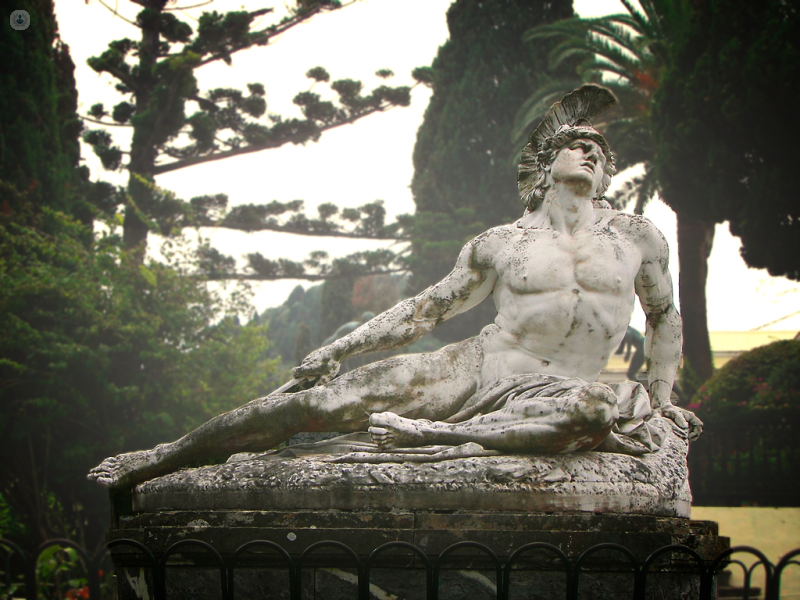What happens when you rupture your Achilles tendon?
Autore:According to Greek legend, the hero Achilles was killed by an arrow to the back of his heel. But if he were alive today (and real), modern medicine would patch up his tendon injury and put him back on the battlefield within six months. We asked consultant orthopaedic and trauma surgeon Mr Rohit Madhav how treatment for Achilles tendon rupture works – and when you too can return to the modern battlefield (sport).

Why does the Achilles tendon rupture?
Achilles tendon is a strong fibrous cord present behind the ankle that connects the calf muscles to heel bone. It’s essential for all leg movements, including walking, running and jumping.
Over time the Achilles tendon becomes weaker and more fragile. This can lead to minor injuries, or in some cases a rupture.
A rupture occurs when you place sudden stress on your foot. They’re most common among athletes in their 30s and 40s who are still highly active but whose tendons have started to weaken. Sports which most commonly cause an Achilles tendon rupture include tennis, badminton, basketball and racquetball.
What does a rupture feel like?
The pain from an Achilles tendon rupture is immediate and severe. You’ll hear a popping or snapping sound when the injury occurs, and the area will become swollen and stiff. It will be much more difficult to stand on your tiptoes, or move your leg forward when walking.
Finally, if you feel the back of your leg, you will notice that there’s a small gap in the tendon - just above the heel bone.
How can it be treated?
The two main approaches for treating Achilles tendon rupture are surgical and non-surgical.
The surgical approach involves making a small incision in the back of the leg, opening the skin, and suturing (stitching) the torn tendon together. This approach has a lower risk of the tendon rupturing again in the future.
The non-surgical approach is less invasive, and involves wearing a cast or brace to keep the ankle still while the tendon heals and returns to its normal length. This may take several weeks and the cast may need to be changed periodically. After the cast is taken off you are likely to be referred to physical therapy to help strengthen the leg muscles and Achilles tendon.
Most people will be able to return to their normal levels of activity (including sport) within four to six months.
How can I prevent it in the future?
While you recover from your injury, basic foot care is important – take care when walking over uneven ground, and avoid walking around barefoot.
Once you’re ready to get back into sport, make sure you do plenty of stretching and warm-up before you practice, and don’t suddenly begin a new high-intensity exercise if you don’t exercise at all. Strengthening the muscles in your legs can also help reduce the work your Achilles tendon needs to do.
Taken together these measures can at least help prevent you sustaining injuries from strain – but like Achilles himself, you can’t do much to avoid a rupture from an arrow in the heel.


